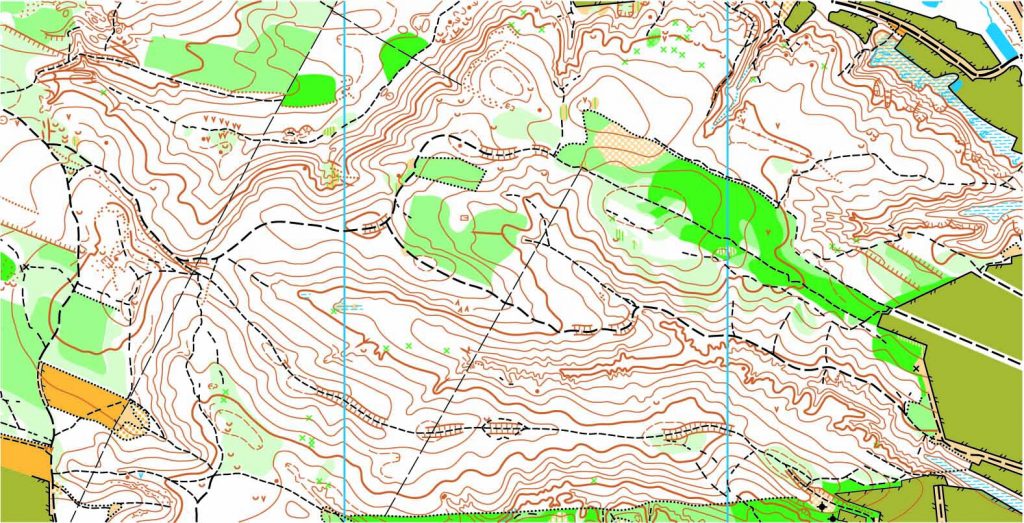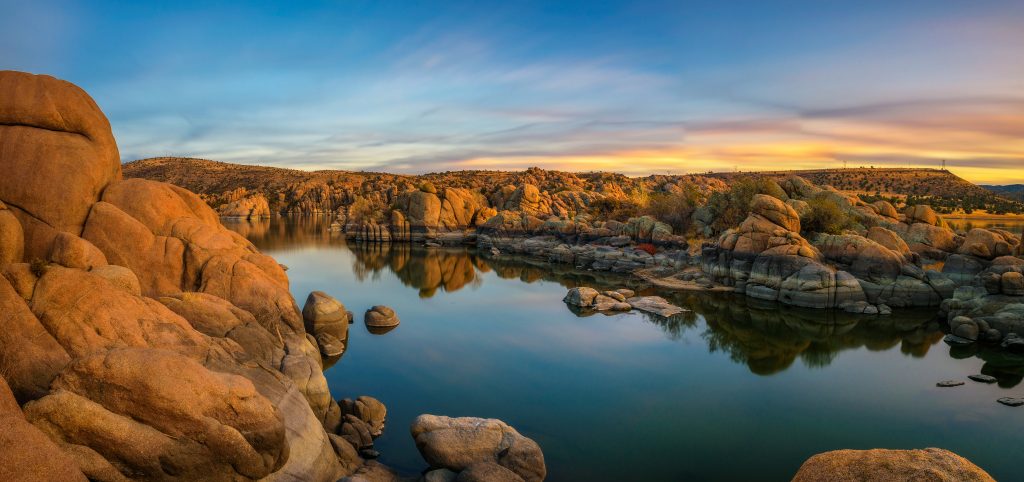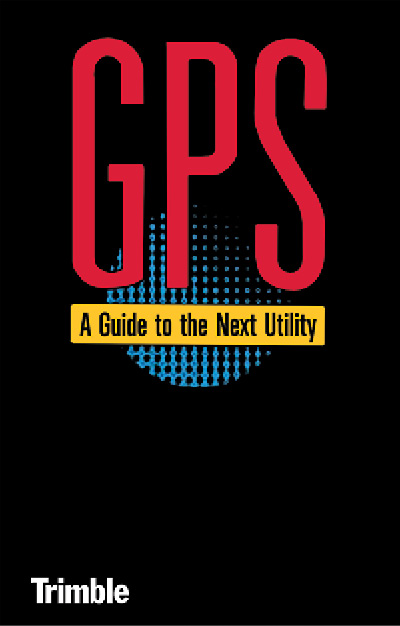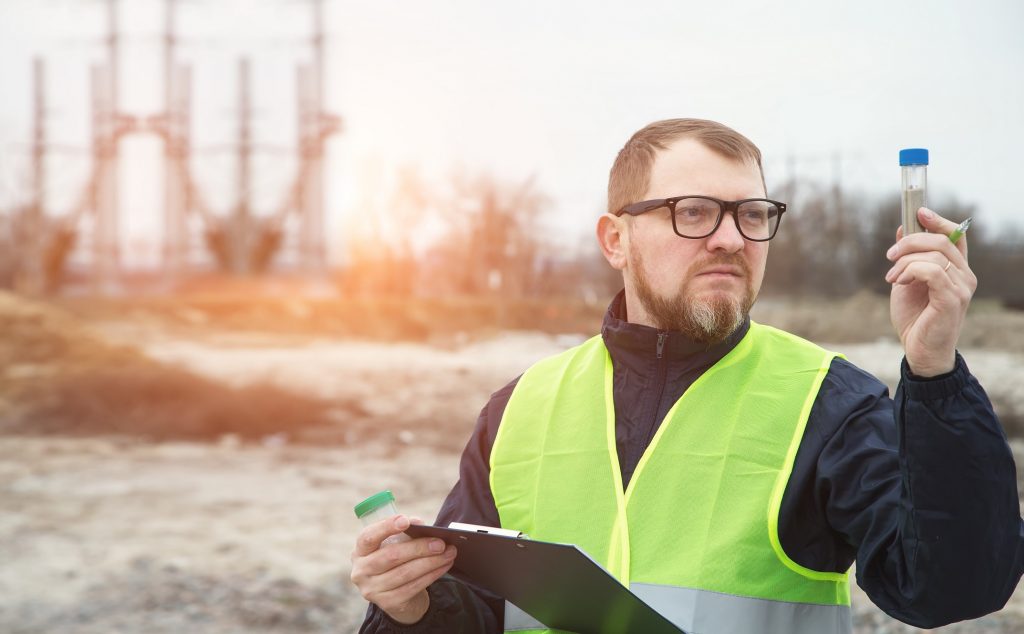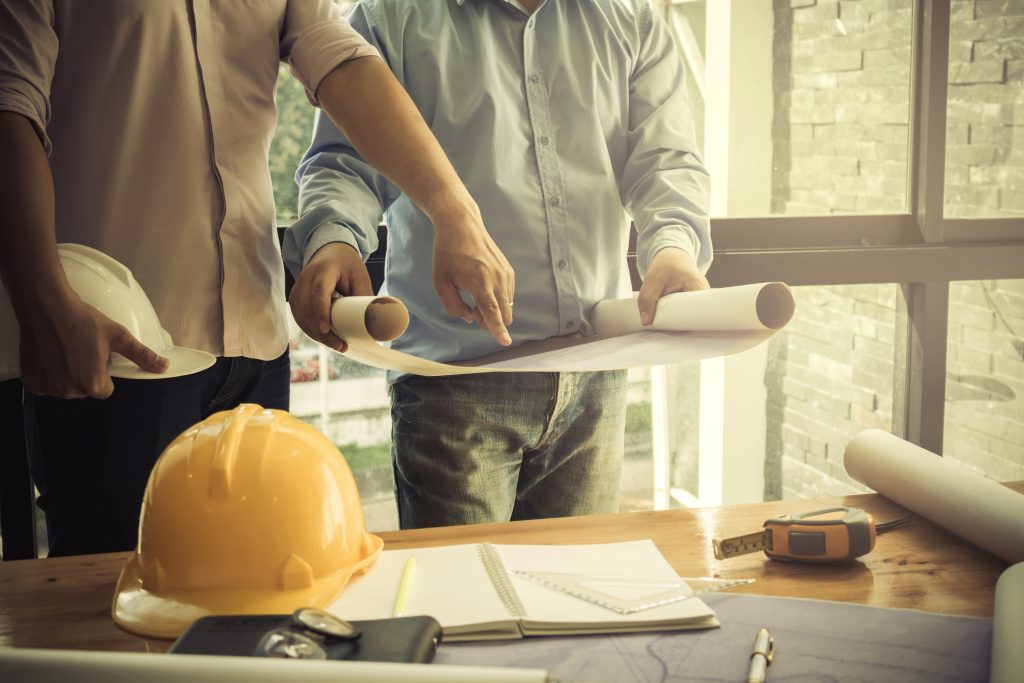
There are times on a jobsite when crew members may be too far away from one another to hear each other. In these situations, Land surveyors and construction workers use hand signals to communicate over distance and noise.
Duties of a Chaining crew member
During a typical chaining operation, it is possible that many and varied duties other than the actual chaining itself are to be undertaken as part of the whole process. To prepare the field chaining party for the task ahead, we shall present some of these duties, as applicable. In some cases, these duties can be modified or tailored, contingent upon the mission, terrain features, and other conditions that may affect the speed and accuracy of the operation.
Giving hand signals and voice signals
During fieldwork, it is essential that you communicate with the other members of the survey party over considerable distances. Some-times you may be close enough to use voice communication; more often, you will use hand signals.
Avoid shouting because it is the sign of a beginner. Standard voice signals between chain-men must be used at all times to avoid misunderstanding. There are also several recommended hand signals. Those shown are recommended, but any set of signals mutually agreed upon and understood by all members of the party can also be used. It is important to face the person being signaled. Sometimes, if it is difficult for you to see the other person, it helps to hold white flagging in your hand when giving signals. When signals are given over snow-covered areas, red or orange flagging is more appropriate.
To read more about using hand signals whilst surveying, click here.
To find out more about hand signals, please contact us at (800) CALVADA or visit www.calvada.com.
Calvada proudly serves Corona and all surrounding areas.


